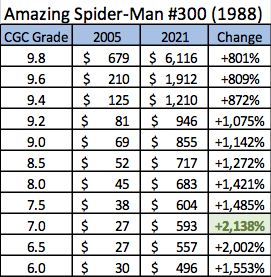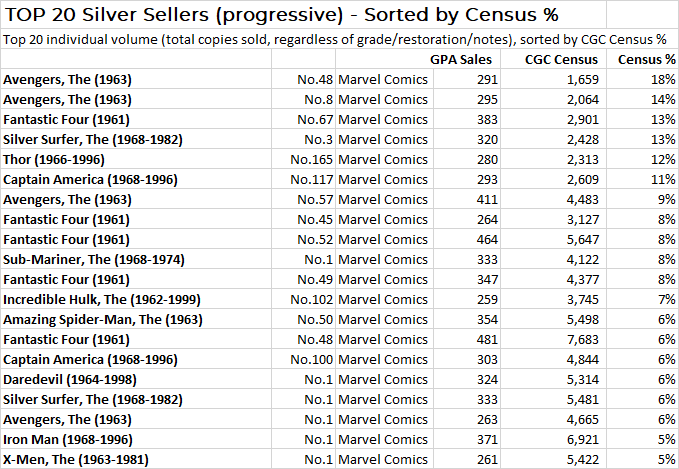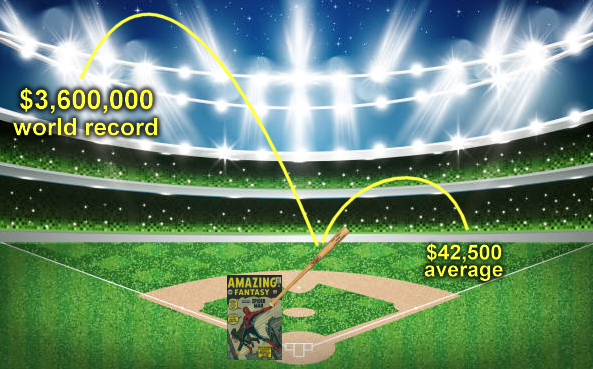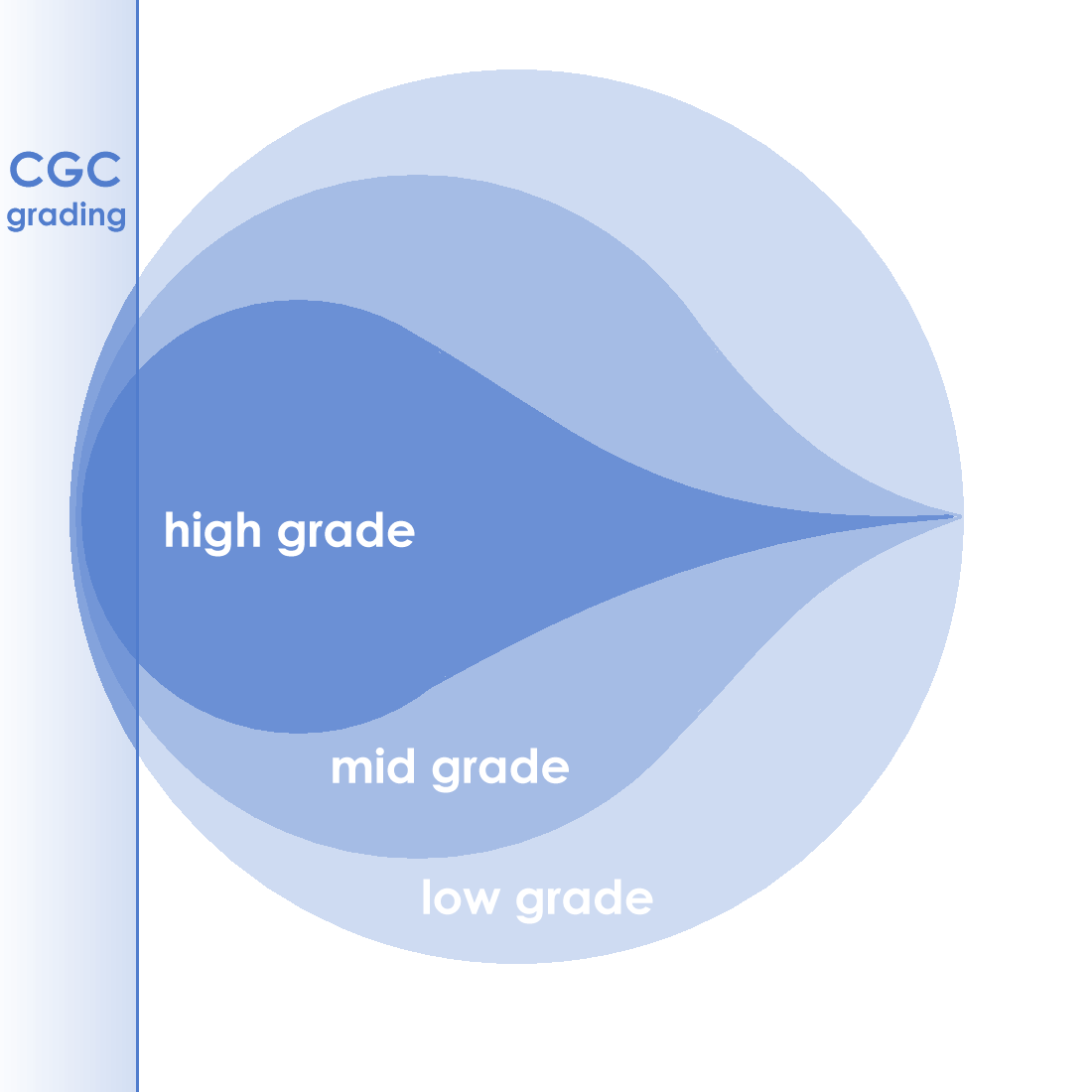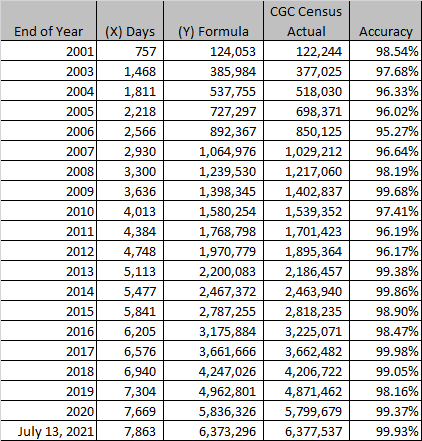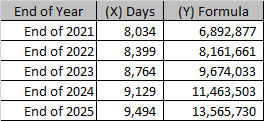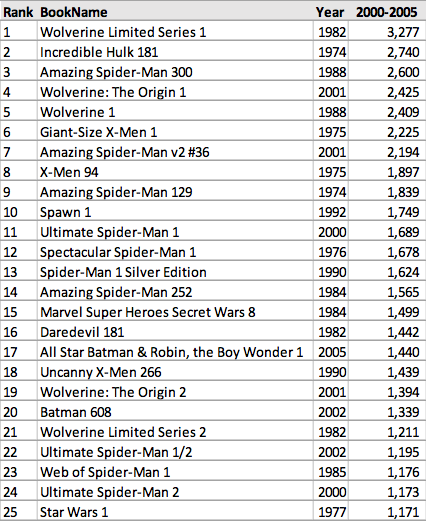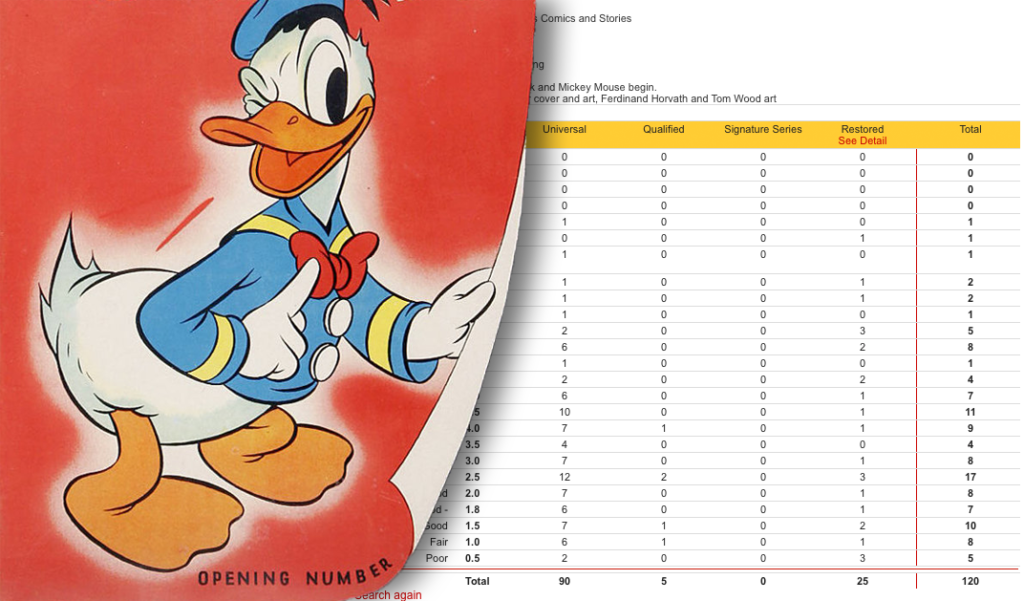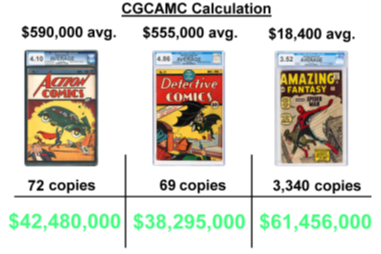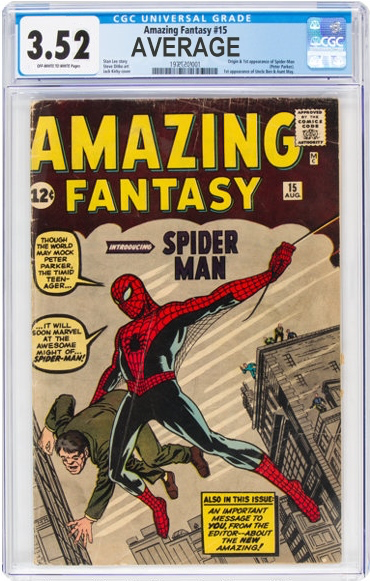(from OSPG #50, pages 129-130, published September 2020, written in December 2019)
Greg Holland
SlabData.com
Certified and encapsulated comic books (“slabs”) are only a small percentage of all comic books in existence, but the slabbed comic market represents a much larger percentage of total dollars spent annually. Certified Guaranty Company (CGC) opened to the public in 2000. As this book is printed, it is now 2020 and with CGC’s permission, I have been compiling the CGC census into a searchable database online for almost the entire time. 4,816,652 comic books were reported as professionally graded and encapsulated according to the official CGC census in the first 20 years of CGC (as of mid-December 2019). This 20-year total is 3,936,750 universal grades, 772,851 signature series, 58,187 restored, and 48,864 qualified grades. Those 4,816,652 slabs are for 195,695 different comic books. Most comic books submitted to CGC have been graded fewer than ten times. More than 50,000 comics have been CGC graded only once. Nearly 100,000 comics have been CGC graded no more than three times. At the other end of the list, ten comic books have been graded at least 10,000 times each. Amazing Spider-Man #300 became the first comic to pass 20,000 CGC graded copies, followed by New Mutants #98, Wolverine Limited Series #1, Marvel Super Heroes Secret Wars #8, Amazing Spider-Man #361, Uncanny X-Men #266, Incredible Hulk #181, Spawn #1, Amazing Spider-Man #129, and Amazing Spider-Man #252 in 10th place. Nine of these ten most submitted books are from Marvel along with Spawn #1 from Image Comics. The most submitted comic from D.C. Comics is Batman: The Killing Joke in 18th place with 6,615 copies on the CGC census. The Top 100 most-submitted comics have 99 comics from Marvel (84), D.C. Comics (11), or Image (4). The only Top 100 book by another publisher is Rai #0 (1992) from Valiant Comics in 69th place (3,852 copies graded), rising from 101st place a year ago and perhaps nearing the Top 50 by the time of this publication. The Top 100 most-submitted books to CGC represent 553,534 copies on the CGC census, or 11.5% of all slabs. While the CGC Census shows nearly 200,000 different comic books graded almost 5,000,000 times, one in nine slabs comes from a short list of just 100 comics (see cgcdata.com for the full list).
CGC Census Counts by Comic Decade (as of mid-December 2019):
- 1930s = 8,889 (0.2%) –
- 1940s = 153,500 (3.2%) –
- 1950s = 157,137 (3.3%) –
- 1960s = 733,763 (15.2%) –
- 1970s = 784,295 (16.3%) –
- 1980s = 733,428 (15.2%) –
- 1990s = 558,110 (11.6%) –
- 2000s = 555,015 (11.5%) –
- 2010s = 1,121,381 (23.3%) –
- Others = 11,134 (0.2%) – (“Others” includes undated books)
- Total = 4,816,652.
CGC counts, totals, and averages are not a random sample of the whole comic book market. Comics which are sent to CGC have often been selected by the submitter for exceptional qualities of high grade condition, high market value, or both. By definition, the average raw comic is unlikely to be exceptional. Another important note is that comics which have few copies on the CGC census are not necessarily rare. When a comic book has little market value, even if it is very old, there is little reason to pay for third-party professional grading and encapsulation. Comics which appear uncommon on the CGC census may be extremely common and of little value in the market. Since most comic books in existence are worth much less than the cost of CGC grading, we should not expect to find many low-valued comics in the CGC census. The opposite is also true, the higher the value of a comic book, we should expect that more of the existing copies will be graded. There will be copies of every valuable comic book which are never sent to CGC, particularly when the owners have no desire to sell the books, but the number of $10,000+ comic books changing hands (publicly) without first being CGC graded is rapidly decreasing. A review of more than 2,500 sales for $10,000+ comic books at Heritage Auctions shows 99% are “already slabbed” comics. Understanding that the market for $10,000+ comic books has overwhelmingly become slabbed comics; it becomes important to recognize that the CGC census for the highest valued comics now provides significant data points about the existing copies remaining. Expert estimates for the number of surviving copies of Action Comics #1 (1938) and Detective Comics #27 (1939) generally suggest 100 to 200 copies exist. With more than one-third (and perhaps as high as half) of those top two key issue estimates already appearing on the CGC Census, it may be possible to estimate the remaining copies of other $10,000+ comic books as well. With all conditions of Amazing Fantasy #15 now worth $10,000+ and the CGC census showing 3,203 copies graded, perhaps an estimate of 6,500 to 10,000 copies is accurate if about one-third to half are already graded. If previous estimates for surviving copies of Amazing Fantasy #15 have been much lower or much higher, then perhaps CGC is providing the industry with a better method for calculating estimates on books of such high values. Estimates for surviving copies of books of lower values are certainly not reflected as clearly by the CGC census, however, it may be possible to understand surviving copy estimates between books of similar value even if only 1% have been CGC graded. For example, if any two books have been approximately the same value for the past 20 years of CGC grading, and one book has twice the number of CGC graded copies on the CGC census, then it may be fair to estimate that twice as many copies exist. Using simple supply-and-demand logic, when the demand values are identical then the different counts of CGC graded copies are most likely related to supply. Sure, there are always other factors and we may never know exactly how many copies remain for books, but it may actually be true that there are twice as many copies when the values are similar and the CGC counts are double. We will never understand everything about the comic book market, but perhaps 2020 will be the year we take the time to really review what can be known (hindsight is 20/20, after all). Whether we’re talking about the seemingly never-ending debates of first appearances, or the estimates for surviving copies of the highest-valued comics, the decades of census information, sales information, and expert estimates really are the best sources we have in 2020. CGC has been a focus in this market report, but when another grading company makes their census available and gives permission, they will be included in future reports. While some collectors proclaim that all surviving copy or print run estimates are a permanent mystery, maybe other collectors like me are thinking that nearly 5,000,000 comics graded over 20 years represents a sample large enough to teach us some things we haven’t known before. Some say the goal in the market is ABC – Always Be Closing (the sale), but I say always be learning (the market). More information is available at slabdata.com and more detailed CGC census analysis can be performed at cgcdata.com.
